Unveiling the Skies
A Comprehensive Exploration of the History of Drones
EXPLORING PAST
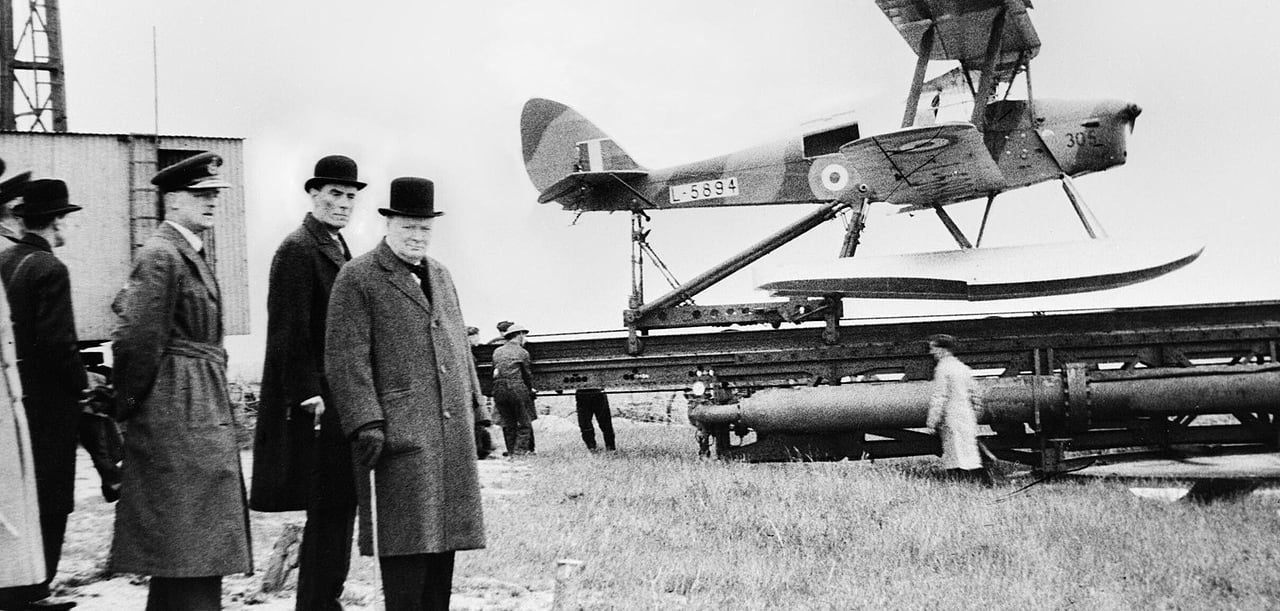

In the vast tapestry of technological evolution, drones have emerged as transformative aerial companions, shaping industries and redefining our perspective on the skies. Join us on an enthralling expedition through the intricate history of drones, uncovering their origins, evolution, and the profound impact they've had on various facets of human life.
The Birth of Drones
The germination of drone technology can be traced back to the early 20th century when visionary minds began experimenting with remote-controlled aircraft. In 1916, Archibald Low, a British engineer, unveiled the world's first radio-controlled aircraft, laying the foundation for the birth of unmanned aerial vehicles. These early prototypes were rudimentary, yet they ignited the spark that would eventually evolve into the sophisticated drones we know today.
Military Pioneers:
The true ascendancy of drones occurred during the crucible of World War I and World War II. Target drones, initially designed for training anti-aircraft gunners, became integral to military strategy. Notable contributions came from individuals like actor and inventor Reginald Denny, who developed the "Radioplane OQ-2," a drone with applications in surveillance and reconnaissance.
The Cold War Era:
The Cold War era marked a significant inflection point in the history of drones. The United States, in particular, emerged as a pioneer in drone technology. Reconnaissance drones such as the "Ryan Firebee" became invaluable for gathering intelligence without risking human lives. The capabilities demonstrated during this period set the stage for the broader integration of drones into military operations.
Modern Era Advancements:
The late 20th century witnessed a seismic shift from analog to digital technologies, propelling drones into the modern era. Miniaturization of components, advancements in sensors, and the integration of GPS technology revolutionized drone capabilities. The iconic "Predator" series, introduced in the 1990s, showcased the potential of unmanned aircraft in combat scenarios, underscoring their strategic importance in contemporary warfare.
Civilian Applications:
As technology continued to advance, drones transcended their military origins and entered the civilian sphere. The 21st century witnessed an explosion in consumer drones, with companies like DJI at the forefront, pioneering user-friendly, camera-equipped quadcopters for both recreational and professional use. Drones became synonymous with aerial photography, cinematography, agriculture, and even search and rescue missions, democratizing access to the skies.
Challenges and Regulations:
The surge in drone popularity has brought forth a host of challenges, particularly in the realms of privacy, safety, and airspace management. Governments globally have responded proactively by instituting comprehensive regulations aimed at tackling these concerns head-on. These regulations, echoing a delicate balance, encompass essential facets such as drone registration, flight restrictions, and pilot certifications. In the Indian context, the Drone Laws of 2021, instituted by the Directorate General of Civil Aviation (DGCA), play a pivotal role in shaping the regulatory landscape. These laws demand adherence to stringent guidelines, ensuring responsible drone operation. Additionally, the DGCA has introduced the Digital Sky Platform, a pioneering initiative facilitating the seamless implementation of these regulations. This digital platform serves as a central hub for drone operators, streamlining processes such as registration, permission requests, and real-time tracking, thus enhancing overall safety and accountability in the rapidly evolving drone ecosystem.
Future Horizons:
Standing at the cusp of a new era, the history of drones continues to unfold. The canvas of possibilities expands as drones evolve beyond their conventional applications. From delivery drones poised to revolutionize logistics to autonomous drone swarms, the future promises groundbreaking advancements. Artificial intelligence, machine learning, and enhanced connectivity are poised to propel drones into realms previously unimaginable.
The history of drones unfolds as a captivating narrative of innovation, from rudimentary remote-controlled planes to sophisticated, intelligent aerial systems. As we traverse through this historical landscape, we also cast our gaze forward, anticipating the next chapter in the evolution of drones. Join us as we navigate the skies of history and future possibilities in the mesmerizing world of unmanned aerial vehicles.
Winston Churchill, David Margesson and others wait to watch the launch of a de Havilland Queen Bee target drone, 6 June 1941


Ruston, Proctor Radio controlled target aircraft RAE-O870

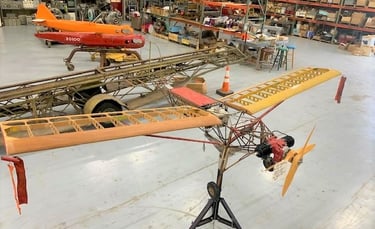
Radioplane OQ-2 on display in Dallas, TX at AUVM, Aviation Unmanned Vehicle Museum
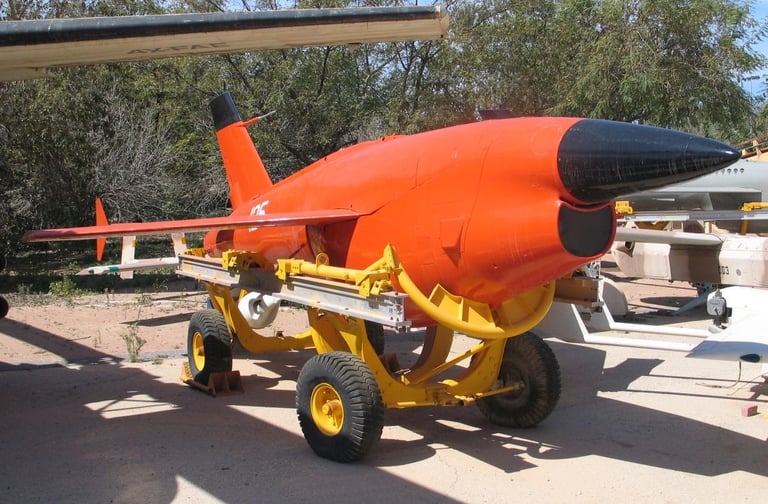

Teledyne Ryan Firebee UAV (target variant, IDF designation Shadmit) at IAF muzeun, Hatzerim airbase, Israel. 2006

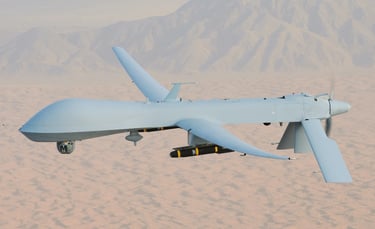
An MQ-1 Predator, armed with AGM-114 Hellfire missiles, piloted by Lt. Col. Scott Miller on a combat mission over southern Afghanistan. (U.S. Air Force Photo / Lt. Col. Leslie Pratt)
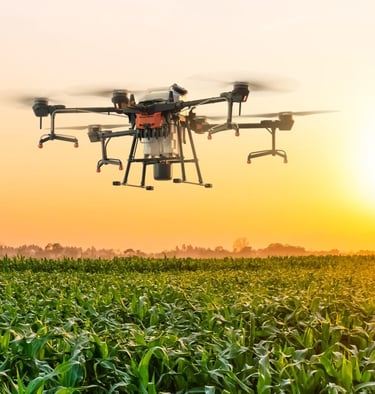

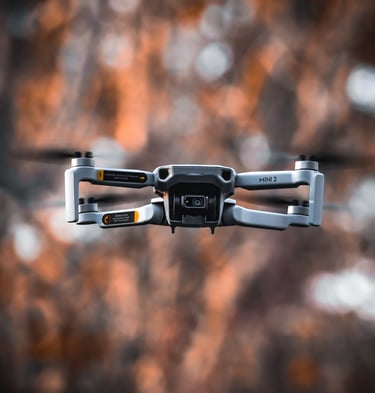

DJI MINI 2 Drone
DJI Agricultural Spraying Drone (DJI)
